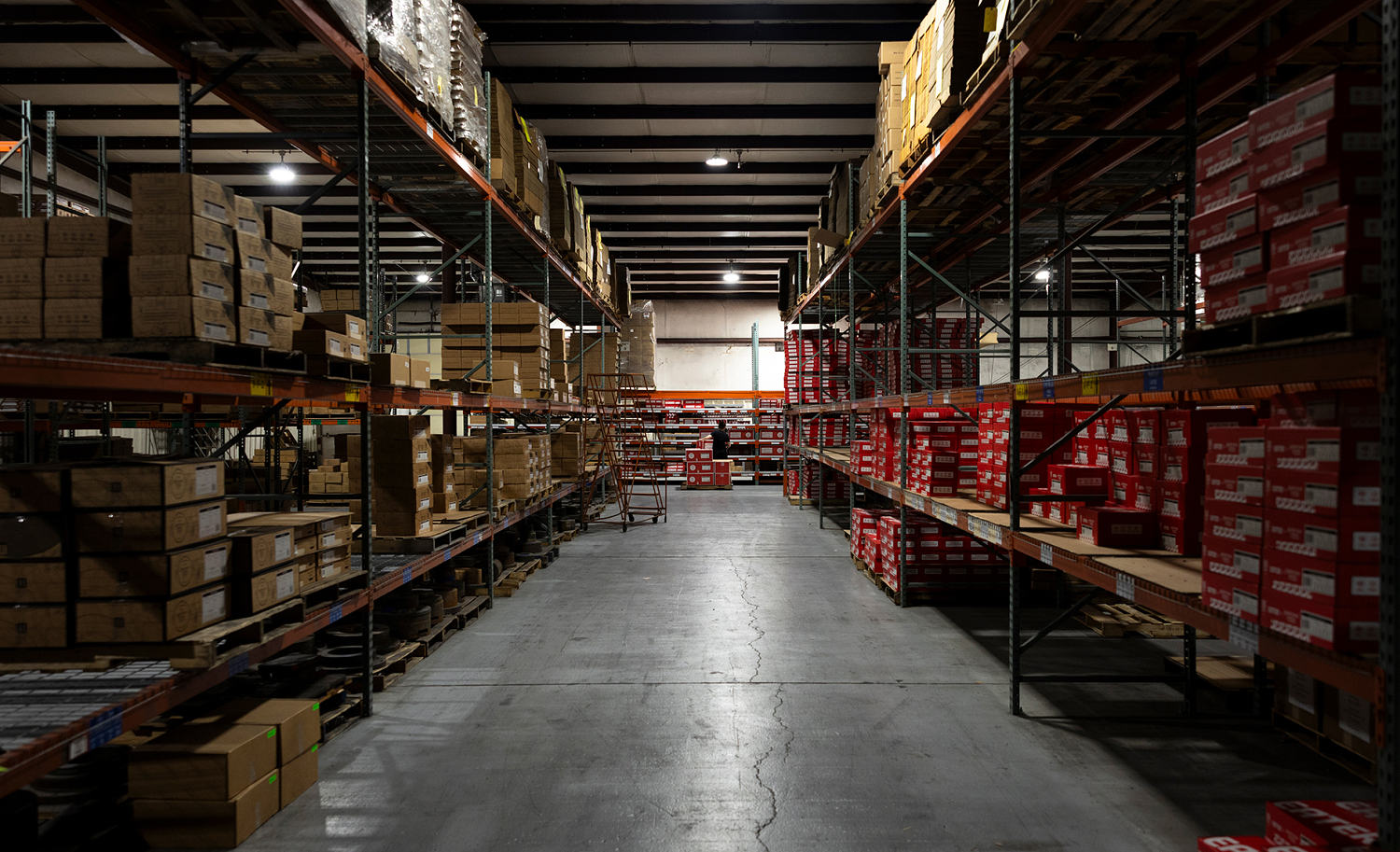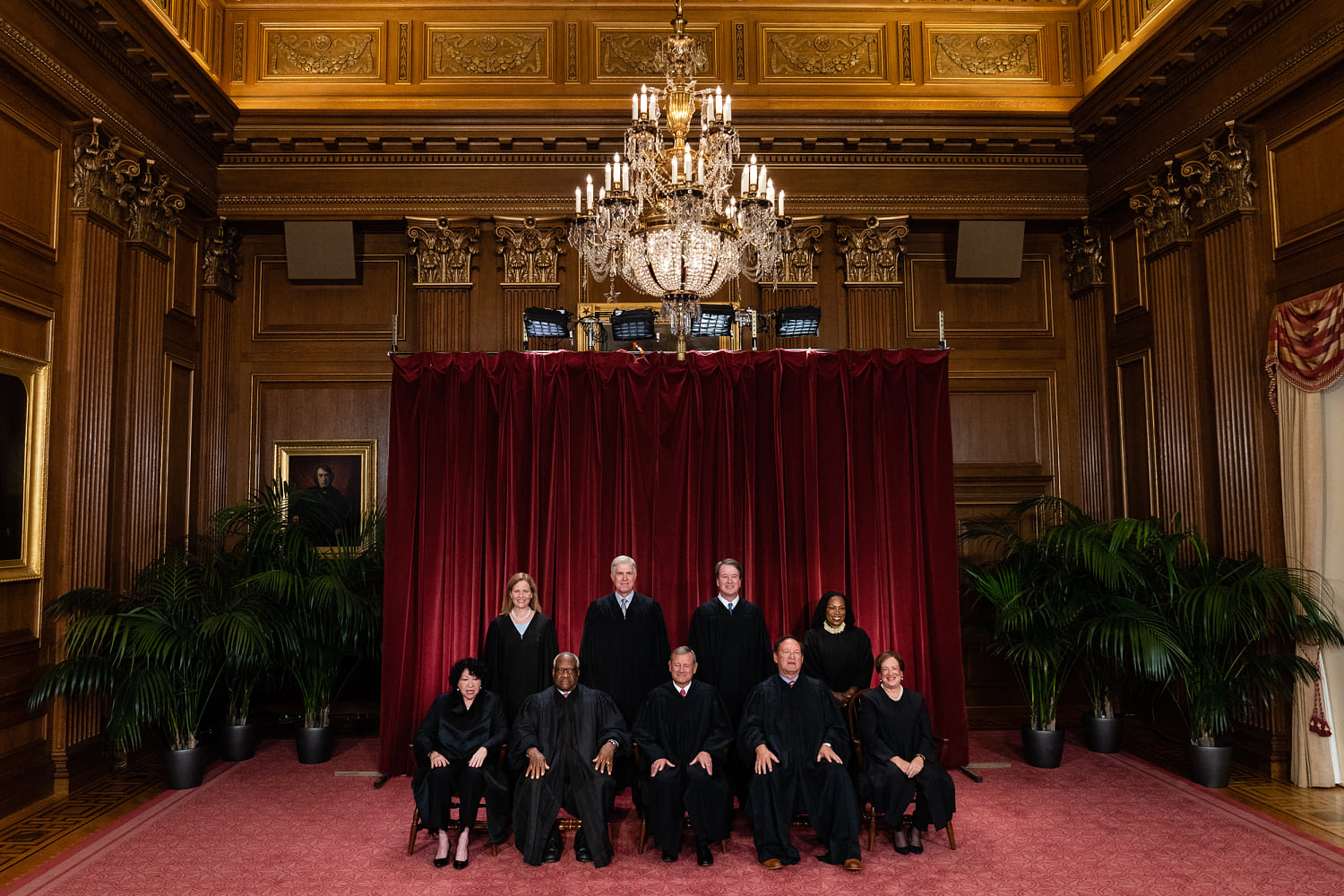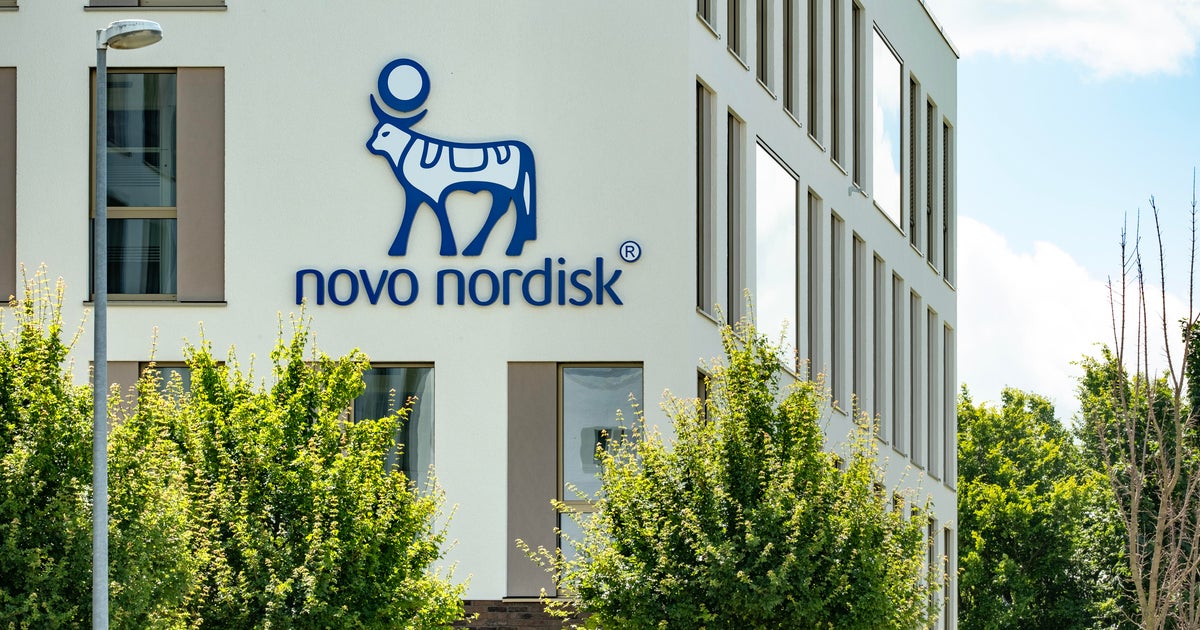

“We had a good amount of it,” Henn said, referring to the raw materials, “so that gave us more time of being able to know we’re going to be able to manufacture and sell a bunch of stuff without the tariff cost on it.”
Henn said that wasn’t a tariff strategy, but instead a benefit of his company’s workflow.
However, they knew that leeway wasn’t going to last forever. Eventually it became time for Heritage Steel to order more materials. That first tariff bill was about $75,000, and Henn is expecting the next to be more than twice as much.
Who pays?
For Heritage Steel, there was never a doubt it would have to raise prices because of the tariff expenses. The question was how high would they have to go?
“We’re happy and proud to be a provider of really high-quality cookware, but one that’s more affordably priced than some of the others on the market,” Henn said. “We want to continue to offer the best price we can, given our constraints.”
As of Friday, the company had raised prices by about 15% on all of its products. Heritage Steel explained the increase in an announcement on its website, calling the adjustment “fairly modest” considering the price of the company’s input materials spiked at least 50%.
“Obviously, we can’t bear the full impact of these cost increases,” Henn said, “but we also don’t want our customers to bear the full cost.”
He expects these changes to negatively impact the company’s profit margins, but as of now the extent is unclear. Henn believes the company has more flexibility than a lot of its competitors because Heritage Steel is only importing raw materials, not the full product, and manufactures in the U.S. That’s why he expects the overall market disruption could be good for the company.
“They might have to do something closer to a 50% price increase,” he said of his competitors, “because their entire cost of goods is going up by 50%.”
For Heritage Steel, on the other hand, only the price of parts is up 50%, not the full product. Henn said it’s all about finding the sweet spot: a fair amount to charge customers to compensate for the new costs while still being a price leader in the market.



